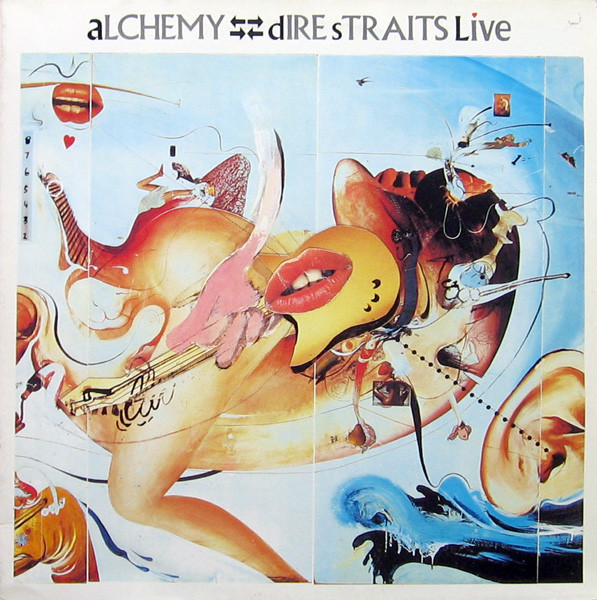As a gesture to those fans who couldn’t swing the two hundred plus dollars for the Blu-Ray or DVD version (plus whatever it cost for a player to hear it on), Neil also made Archives Vol. I available as an eight-CD set—just the music, no visuals, outside of a slim booklet detailing track info. (The DVD and Blu-ray sets did include the Sugar Mountain installment, which was nice of them.)
The set begins appropriately with a few tracks by his first band The Squires, who apparently thought of themselves as a surf outfit. Once he started writing and singing his own songs, it’s clear that the Beatles were a big influence. We get to hear early versions of songs, such as “I Wonder” (which would become “Don’t Cry No Tears” on Zuma). A failed audition for Elektra includes some melodies we recognize from elsewhere, and before we know it he’s in Buffalo Springfield. A few repeats from their box set, album tracks and outtakes alike, are bolstered by the long-lost “Slowly Burning” and “Sell Out”. By the end of the disc he’s exponentially progressed as a songwriter.
The second disc (Topanga 1) covers the sessions for his first solo album, including alternate mixes and early versions of “Birds” and “Everybody Knows This Is Nowhere”. Then he meets Crazy Horse and starts working on that album. But first he does a club tour, which provides the basis for the Live From The Riverboat disc. Recorded three months after the Canterbury House show, his mood here seems a little cranky. Perhaps it’s the presence of Springfield bass player Bruce Palmer in the crowd? Whatever the case, he does a few different songs from his debut, plus an unfinished song called “1956 Bubblegum Disaster” and the “Whisky Boot Hill” section of what would become “Country Girl”.
Topanga 2 finishes Everybody Knows This Is Nowhere and begins After The Gold Rush, but with a detour into Déjà Vu. Here we get the legendary outtakes “Everybody’s Alone” and “Dance Dance Dance”, the live rarity “It Might Have Been”, and “Sea Of Madness” with CSN. The Fillmore East and Massey Hall discs bookend Topanga 3, wherein Neil finishes After The Gold Rush (but leaves “Wonderin’” in the can) and tours (again) with CSN.
He’s truly hit his stride by the North Country disc, which covers the widespread recording sessions for Harvest. Highlights include “Bad Fog Of Loneliness” and “Journey Through The Past” with the Stray Gators, the first release of “War Song” since 1972, and an alternate mix of “Soldier”. (We also get the 15-minute version of “Words” that took up one side of Journey Through The Past.)
It’s an ambitious project, and one can be happy for Neil that he was finally able to see it come to fruition in a form he approved. It is, however, far from perfect. For starters, not all of the CDs are filled to capacity; this is likely to mirror the contents of the Blu-Ray or DVD, which would be full of all the extras. While outtakes abound, it doesn’t include every song from each of his solo albums up to 1972. Chronologically, “Love In Mind” from Time Fades Away belongs on disc eight, but as Neil has disowned that album, the version of the song on the Massey Hall disc should suffice. And of course, those who’d already bought the recent Fillmore East and Massey Hall CDs would be irritated that they’re here again. But hey, we’d been warned. And he didn’t owe us a damn thing. Meanwhile, the interminable countdown began for Volume II.
Neil Young Archives Vol. I: 1963-1972 (2009)—4






